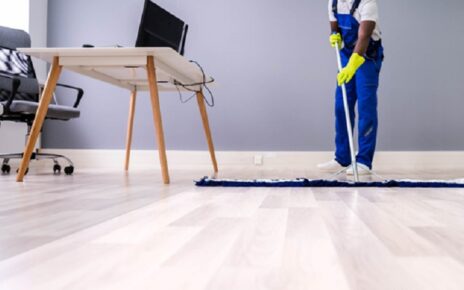GIB stopping, also known as plastering or drywall finishing, is a crucial step in achieving flawless walls and ceilings in any construction or renovation project. While it may seem like a straightforward task, many DIY enthusiasts and even some professionals make common mistakes that can lead to unsightly results and costly repairs.
1. Neglecting Surface Preparation (Approx. 90 words)
Failing to clean the surfaces thoroughly or neglecting to remove loose debris and dust will hinder the adhesion of the plaster. Before starting any GIB stopping work, ensure all surfaces are clean, dry, and free from contaminants. Additionally, don’t overlook the importance of priming the surface before applying the plaster. A well-primed surface promotes better plaster adhesion, reduces the likelihood of cracks, and ensures a smoother finish.
2. Using the Wrong Tools
Using substandard tools or attempting to improvise with inadequate substitutes can lead to disappointing results. Trowels, joint knives, and sanding equipment are some of the essential tools you’ll need. Ensure your trowel’s blade is flat and straight, and your joint knives are free from nicks or dents.
3. Ignoring Safety Precautions
t is essential to wear appropriate protective gear such as goggles, gloves, and masks to safeguard against harmful dust and fumes. Adequate ventilation in the work area is crucial to prevent the buildup of noxious gases. Moreover, be cautious when working at heights and always use sturdy scaffolding or ladders to avoid accidents. Prioritizing safety not only protects your well-being but also ensures a smooth and focused workflow.
4. Overlooking Joint Reinforcement
Neglecting this step can lead to unsightly cracks in the plaster over time. Reinforce all internal and external corners, as well as junctions between different materials. Fibreglass mesh tape is commonly used for joint reinforcement, providing strength and flexibility to the plaster.
5. Rushing the Application Process
Rushing the application process can lead to uneven surfaces, air bubbles, and inconsistent thickness. Take your time to apply the plaster evenly and smoothly, working in manageable sections. Allow each coat to dry completely before applying the next one. Skipping the necessary drying time can compromise the final finish and lead to unnecessary rework.
6. Overlooking Sanding and Finishing
Sanding is a critical step in achieving a flawless finish, but it is often overlooked or not done correctly. Failing to sand the plaster properly can result in an uneven surface, visible imperfections, and a lacklustre appearance. Use fine-grit sandpaper and sand in a circular motion to achieve a smooth and even texture. After sanding, wipe away any dust before applying the final coat.
7. Neglecting Expansion Joints
Expansion joints are essential in large areas to accommodate movement and prevent unsightly cracks. Unfortunately, many DIYers and even some professionals overlook this aspect. Be sure to install expansion joints where needed, typically every 15-20 feet. These joints allow for the natural expansion and contraction of the building materials, reducing the likelihood of visible cracks in the plaster.
8. Failure to Assess and Repair Imperfections
Before the final paint or finish is applied, carefully inspect the plaster for any imperfections. Even the most skilled plasterer may inadvertently leave behind minor blemishes. Take the time to identify and repair these imperfections with additional plaster and sanding as needed. Failing to address these issues before painting or finishing can make them more apparent and difficult to correct later on.
Conclusion
In conclusion, GIB stopping is a crucial part of achieving a flawless and professional interior finish. By avoiding these eight common mistakes and following best practices, you can ensure your project is a resounding success. Remember the importance of surface preparation, using the right tools, adhering to safety precautions, and being patient during the application process. With attention to detail and precision, your walls and ceilings will be beautifully finished, enhancing the overall aesthetic of your space.





